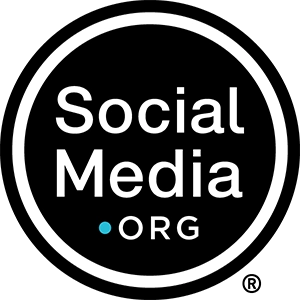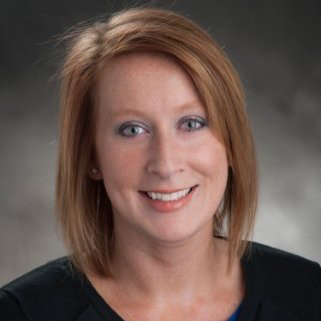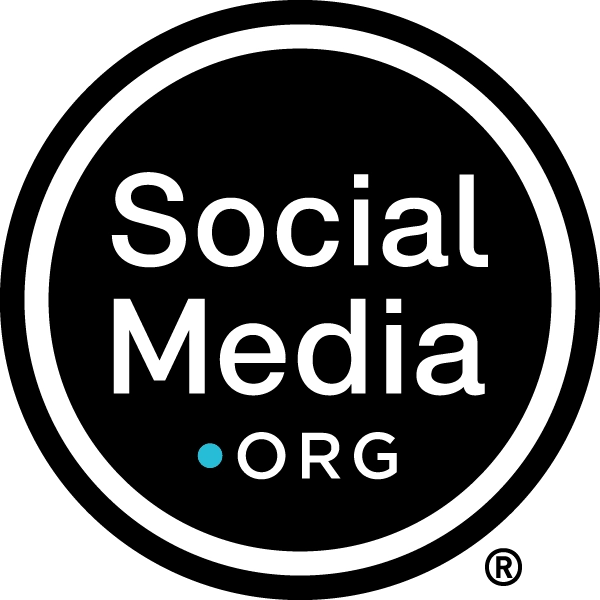As the COVID-19 pandemic spread across the U.S. in March, it became clear that Hispanic and Black communities were being hit harder and experiencing higher death rates than other communities.
Social Media Director Sarah Scroggins and her team at Advocate Aurora Health wanted to quickly make an impact in their two heaviest hit service areas — Milwaukee and Chicago — so they launched an informative video series highlighting the health disparities caused by COVID-19 in their underserved communities.
The idea required a close partnership with their diversity and inclusion team.
“Our leadership team at the highest level was on board from the get-go to support this important effort. And our D&I team was looking closely at all the data and were able to find which zip codes in our community have been hit the hardest by COVID-19,” said Sarah.
Sarah’s team, in partnership with leadership, marketing, and many more, got to work on a fully integrated campaign with a heavy focus on social media.
“Social media is the quickest way to make an impact,” she said. “We can push out content immediately and target the areas that would benefit most from it.”
While they pushed out the videos on social media, the full campaign included radio, TV spots, email, digital marketing, billboards, and more.
The series started as a video PSA campaign featuring Black leaders within Advocate Aurora.
“We were focused on getting content out fast, so we reached out to people who we knew would be onboard right away to get this message out,” said Sarah.
“We tapped Rashard Johnson — one of our hospital presidents who’s a passionate, well respected leader — that is heavily involved in the Southeast Chicago community. We also reached out to Terika Richardson, who’s the president of our central Chicagoland service area. Then, we talked to a few of our influential Black physicians as well.”
The team provided each person with a few talking points for their individual videos.
“We really wanted them to speak from the heart directly to their communities and say why it’s so important to be safe right now, what they need to know about the virus, and how it’s negatively affecting people in those communities and demographics,” said Sarah.
Sarah and her team requested that the videos be short and shot in selfie mode, and some people did multiple takes for them to choose from.
Then, they worked with their brand team to add the system’s branding and the individual’s title to each video.
“We wanted the videos to have some authority and show the information is coming from leaders within our health system,” said Sarah. “Fortunately, we were able to use a lot of the first takes they did. We received a few longer videos, more than three minutes, that we either shortened or broke up into multiple videos.”
When the series first launched, it was evolving so quickly that the team chose to throw out the idea that the content had to be perfect.
“We decided it didn’t have to be professionally shot, which wasn’t possible at the time to get professional videos anyway,” she said.
She added even when it came to graphics, they let go of the notion of everything being flawless before it’s posted.
“It just needs to get out the door, and from a health perspective, we need this information in the hands of our consumers as quickly as possible,” said Sarah.
The series began to evolve, and the team started reaching out to external influencers to feature as well.
They tapped into their D&I and community outreach teams to build relationships with some influencers and faith leaders in the Chicago and Milwaukee areas.
“We worked closely with them to get videos from these community leaders and influencers,” she said. “We said we’d amplify their voices on our channels, and they could share it from there, or they could share the video on their own channels. That way, people were hearing from respected people they know from their community. We told them they didn’t even have to mention Advocate Aurora at all, but many of them chose to anyway, which we took as a win.”
One of the influencers the social team cultivated and worked with was a local mom and fashion blogger, Ceta Walters, who has her own personal health journey she’s shared on her channels that make her high risk for COVID-19.
Sarah and her team were even able to work with a local reporter named Kim Murphy who got permission from her Milwaukee news station to do a PSA video for the system, which the team pushed out on Advocate Aurora’s channels.
“When it came to our external partners, we tested things that we wouldn’t normally have done,” Sarah said. “For example, we put out an almost three-minute video, but it was really powerful and we ended up seeing some great engagement on it.”
Sarah said they also featured some Spanish-speaking faith leaders and a few of their Spanish-speaking physicians as well.
“We have a ton of content in Spanish, which is one of the latest evolutions of the series,” she said.
In addition to this video series, Sarah’s team previously launched a Spanish social media campaign in the fall of last year.
“We translated content and we worked with an agency to push out Spanish content,” she said. “It’s evolved now throughout COVID-19, and we’re planning to continue it throughout 2020 and beyond. Now, we’re looking at what that will look like moving forward and where we can go from here with these efforts.”
They launched the first video in the series on April 8th — and have shared 25 videos throughout the past four months.
First, the videos were published broadly across Advocate Aurora’s social channels, and then the team put paid behind them to reach the specific communities and zip codes they knew were being hit heavily by the pandemic.
“We’ve received more than 800,000 video views and six-million impressions,” Sarah said. “We only spent a couple thousand dollars; a lot of it was very organic. We had about 600,000 engagements on these videos and the other elements of the campaign as well.”
Throughout the creation of the video series, the Advocate Aurora social team partnered with a variety of teams across the organization.
“It was all hands on deck,” she said. “There were a lot of people involved in such a short amount of time.”
Their key partnerships were with the D&I and brand teams, but since it was a fully integrated campaign, they also worked with the digital marketing, media relations, community outreach, and content teams.
“We had a symptom checker that went live early in the pandemic, and the content team translated that all to Spanish and updated the website,” Sarah said.
She added that amidst the COVID-19 frenzy, they’ve been able to come away with a stronger relationship with their D&I team.
“I’ve talked to our diversity and inclusion team almost every day,” she said. “We had a really great relationship before, but now COVID-19 has just elevated the need for that partnership to be built into every single thing that we do.”
According to Sarah, the video series is just the beginning of this type of work for Advocate Aurora.
“We’re set on continuing this work,” she said. “Our CEO has firmly said that we are facing two pandemics, one being COVID-19 and the other being systemic racism. And we’ve addressed this on our social channels through a variety of ways, including photos and video of our system-wide moment of reflection to take a stand against racism, show our support for black lives, and to demonstrate our solidarity around equity, as well as honoring Juneteenth. In addition, our government relations team collaborated with healthcare organizations across Chicagoland to put out a statement together on racism being a public health crisis that we shared across our channels. We want to continue that conversation and the work that comes with it.”
Sarah said it’s important to always be willing to try something new.
“We obviously weren’t able to plan for COVID-19 communications ahead of time,” she said. “But it was such an important campaign, and we would not have normally pushed out this many videos in this short amount of time outside of this situation.”
She said they took a risk on featuring videos with minimal editing and saw great responses from their audiences. “People were sharing the videos and showing their gratitude,” Sarah said. “That wouldn’t have happened if we weren’t willing to try this.”


